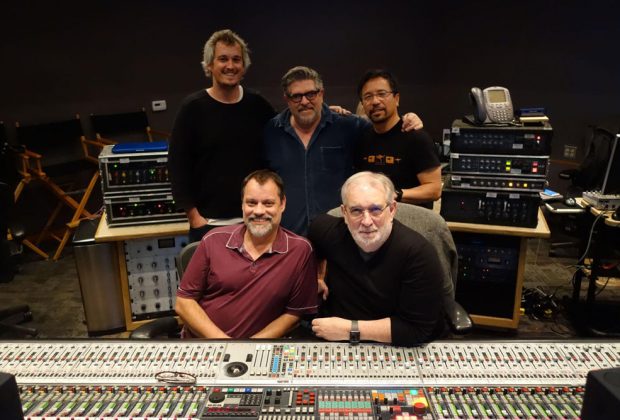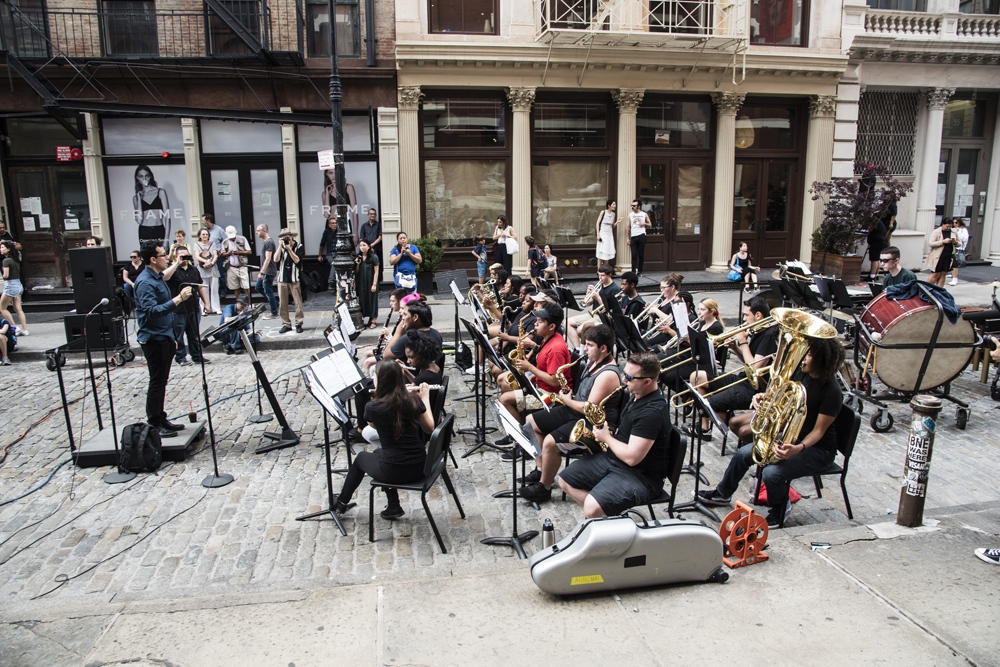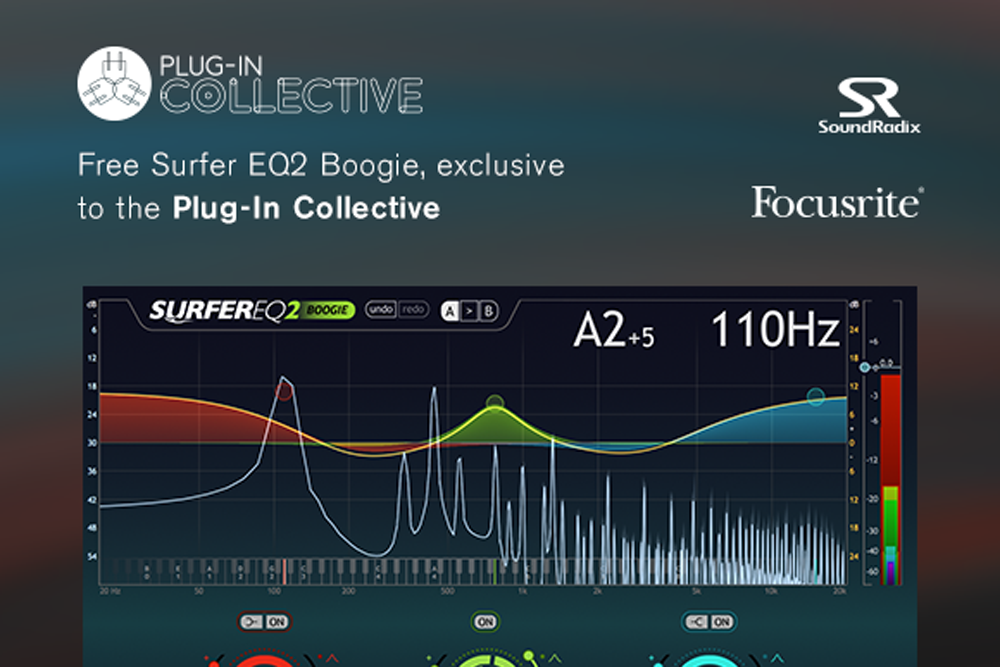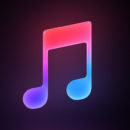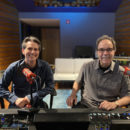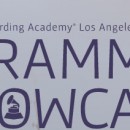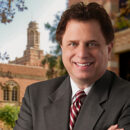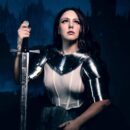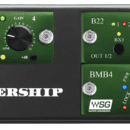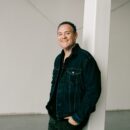Capitol Studios, the iconic and state-of-the-art recording facility located in the historic Capitol Tower in Hollywood, California, recently hosted orchestral recording and rehearsal sessions for the 90th Oscars® – marking the 20th anniversary of Capitol Studios being used as the site for such sessions. Joining the 43-piece orchestra and 41-voice choir were technical personnel including Tommy Vicari (recording & mixing engineer), Steve Genewick (assistant recording engineer), Dan Vicari (orchestra setup), Larry Mar (Pro Tools engineer), Chandler Harrod (assistant recording engineer), Howard Wheeler (music director) and Ashley Irwin (music arranger and sound consultant). Sessions took place in the combined Capitol Studios A and B.
Vicari and Genewick note, “As has been done in many previous years, we assembled the orchestra at Capitol Studio A and B to do a number of tasks. Obviously, there is a live orchestra at the ceremony itself, but for logistical reasons, certain passages need to be pre-recorded, including occasional pieces that must be married to a video package, so we went through each of those musical segments and recorded them with great efficiency. We also use the time at Capitol Studios to rehearse all the live music for the show and make reference recordings, in order that stage blocking and choreography can rehearse to the final arrangements. We also let any artists who are scheduled to perform on the show lay down a guide vocal for these same reasons – although the vocals on the show are always live.”
“It’s often a 60-to-65-piece orchestra, but this year’s had a smaller orchestra but a full chorus,” stated Genewick. “Our setup is pretty big – each member of the rhythm section, as well as the conductor, gets a personal mixer for a custom headphone mix. Each section of the orchestra also gets a separate headphone mix, either mono or stereo. All of these mixes are generated from a separate Pro Tools rig in the control room. Typically we record about 85-90 tracks of audio into Pro Tools, and all of those channels get mixed on Studio A’s Neve 88RS console.”
Vicari and Genewick, who have been involved for 19 of the 20 Capitol Studios Oscar sessions, reflect on how things have changed over the past two decades. Genewick notes, “Things have evolved quite a bit, mostly in the control room: Tommy and I decided to move from analog tape to digital tape to Pro Tools, and the format of the show has changed up a little bit so pre-records and video elements are a bigger part of the soundtrack. There were two years in there where we did the music live from Capitol Studios during the ceremony, which was a blast but quite a challenge, as we had to incorporate fiber lines to and from the Dolby Theatre down the street.”
Tommy Vicari noted, “When using composed material from the year’s film scores, obviously we don’t have access to a larger orchestra to replicate the orchestras used on the original sound tracks, so we try to recreate it with a smaller ensemble. Because the setup has evolved over the past 20 years, we are able to make our orchestra sound larger than it really is. We also pivot from popular music to classical to big band, as well as atmospheric-type scores, so we need to be able to turn on a dime, according to what the original movie called for. Fortunately, our amazing Capitol Studios crew allows us to rehearse and record an enormous amount of music, in a very short amount of time -- basically four three-hour sessions in total.”
“The annual sessions for the Oscars are a yearly highlight for us here at Capitol Studios,” stated Paula Salvatore, VP/Studio Manager, Capitol Studios, “Studio A is one of the great spaces to record an orchestra, so it’s great to use it for its full potential in dynamic, intense sessions. 20 years has flown by, and we thank all the engineers, technical personnel and musicians for their professionalism and passion.”
For more information, please visit capitolstudios.com.

